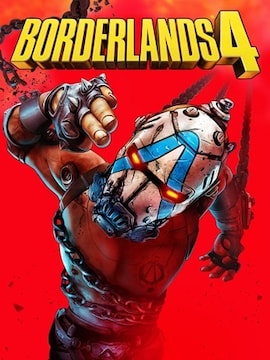Hitbox issues can disrupt players’ experience and cause great frustration. Today, we’ll look into bad hitboxes and their meaning in video games.
What is a hitbox?
In video games, a hitbox is an invisible shape used by the game engine to detect collisions. For example, an opponent has a hitbox that, when hit, is responsible for them receiving damage or dying.
What is a bad hitbox?
This term typically refers to a technical problem causing a hit to be registered unfairly – as a mismatch between what the player sees and what the game considers the collision area in a particular moment, a bad hitbox causes receiving damage despite the hit subjectively not connecting with a character or object. Reasons behind this kind of situation may include:
- lags between hit detection and animation,
- incorrect alignment of the hitbox with the model it’s supposed to fit,
- poor calibration of the hitbox, e.g., it being too big.
Bad hitbox meaning in games
Unfortunately, hitbox issues can contribute to feelings of unfairness and frustration, even if the game itself is enjoyable for players. It often makes them doubt their skill or the balance of the game, which can become a huge problem, especially in multiplayer matches.
Here are some examples of games accused of having bad hitboxes:
- Elden Ring – as characters’ survival often depends on their dexterity, skillful dodging, and precise blocking, reports of hitbox problems related to boss fights and animations not aligning with the collision zones have caused a lot of criticism among the players despite the game being generally appreciated by the audience.
- Fighting games – while hitbox issues often occur as an unfair hit registration, an opposite situation occurs in some of the arcade-style fighting games such as Mortal Kombat 1 or TEKKEN 8. Hitboxes not aligning with the shape of a character, for example excluding their limbs, may cause hits not to connect.
- FPS titles – games like Call of Duty or Counter Strike often suffer from lagging detection zones amplified by network latency and tickrate. This problem may cause receiving damage after taking cover, not registering headshots, registering body shots as headshots, and so on.




